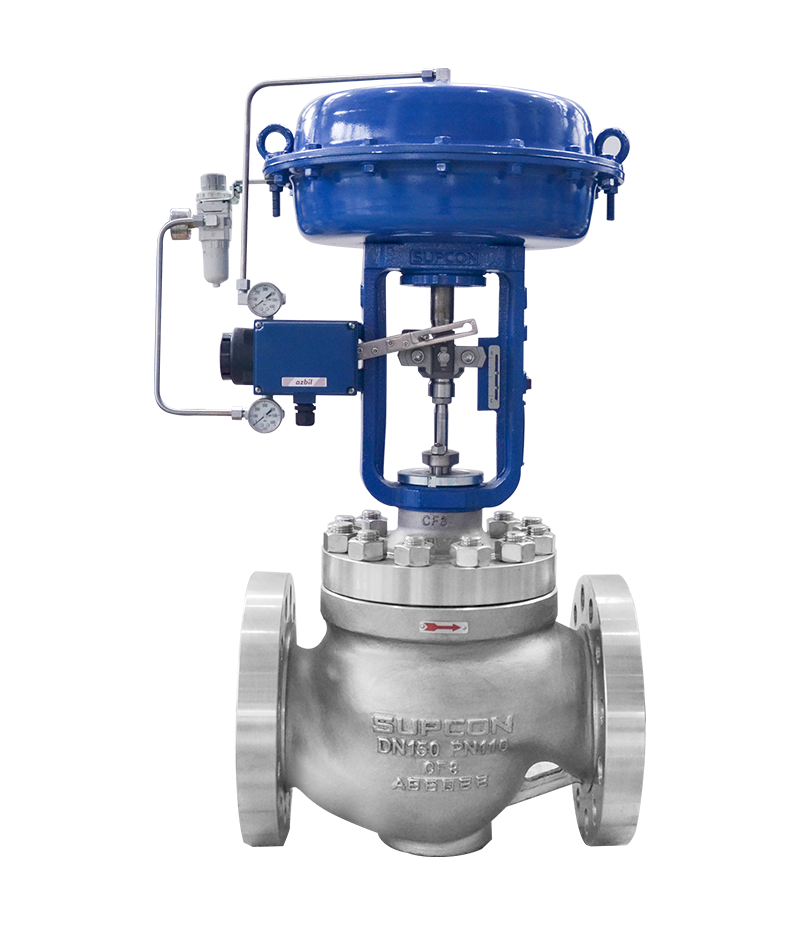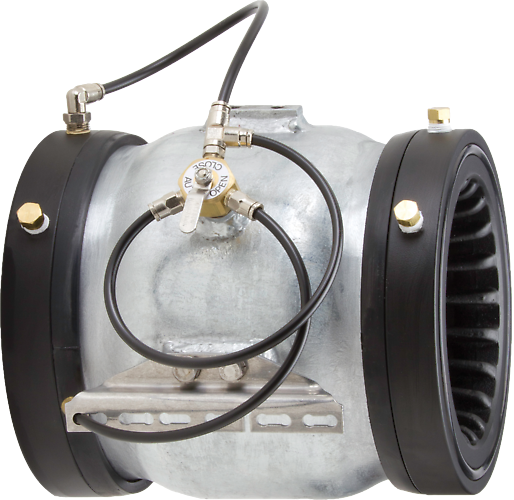Effective Control Valves: Secret Elements for Efficient System Monitoring
Effective Control Valves: Secret Elements for Efficient System Monitoring
Blog Article
Achieve Seamless Combination and Control With Top Quality Building Automation Controls
In the realm of modern structure monitoring, the value of high quality building automation controls can not be overstated. Embracing quality structure automation controls is not simply a matter of comfort however a calculated important for organizations intending to enhance their facilities' efficiency and sustainability.

Advancement of Structure Automation Controls
Throughout the previous few decades, the advancement of building automation controls has actually dramatically transformed the way buildings are taken care of and run. Constructing automation systems mainly focused on standard features such as regulating air flow, home heating, and air conditioning (A/C) systems. However, as technology progressed, these controls have actually become a lot more advanced, enabling for a larger series of building systems to be integrated and taken care of centrally.
The development of constructing automation controls has seen a shift towards more intelligent systems that can adapt to altering problems in real-time. This versatility is important for optimizing power effectiveness and guaranteeing owner comfort. Furthermore, modern-day structure automation controls currently supply functions such as anticipating upkeep, remote monitoring, and information analytics, making it possible for center managers to make data-driven choices to improve structure performance.

Advantages of Top Quality Combination
The development in building automation regulates towards even more smart systems has actually emphasized the significant benefits of quality assimilation in optimizing structure operations and enhancing total efficiency. This centralized control also offers much better presence and understandings into building efficiency, enabling positive upkeep and optimization strategies. Overall, the benefits of quality combination in structure automation controls are obvious, providing raised effectiveness, comfort, and functional effectiveness.
Boosted User Experience and Availability
Enhancing user communication with building automation regulates with intuitive layout and enhanced accessibility raises the overall experience for occupants and facility supervisors alike. By concentrating on individual experience, developing automation systems can become much more user-friendly and reliable. User-friendly interfaces, clear navigating, and customizable settings encourage users to connect with the controls easily and successfully.
Ease of access features play an important role in guaranteeing that all individuals, consisting of those with handicaps, can use the building automation regulates effortlessly. Integrating attributes such as voice commands, responsive switches, and color-contrasted display screens can boost availability and make the controls much more comprehensive.
Moreover, boosted individual experience brings about higher customer fulfillment, increased performance, and much better decision-making. Residents can change ecological settings according to their preferences, while center supervisors can effectively take care of and keep an eye on structure systems - control valves. On the whole, focusing on individual experience and ease of access in structure automation manages contributes to a much more effective and seamless structure atmosphere for all stakeholders entailed
Sustainable Practices With Automation

Moreover, automation can promote the combination of renewable energy resources such as photovoltaic panels or wind turbines right into building operations. By instantly changing power usage based upon the schedule of renewable resource, buildings can additionally decrease their reliance on non-renewable resources. This seamless combination of lasting methods not just profits the environment however also improves the total operational effectiveness and cost-effectiveness of the building. With automation, buildings can align with modern sustainability goals and add to a greener future.
Future Trends in Building Control Systems
One famous fad forming the future of structure control systems is the raised combination of Artificial Intelligence (AI) and equipment learning. Furthermore, the Internet of Points (IoT) is changing structure control systems by connecting sensors and tools to enhance and improve operations efficiency.
One more crucial trend is the focus on cybersecurity measures to shield against possible threats to constructing automation systems. As visit the website structures come to be much more interconnected, making sure robust cybersecurity procedures will certainly be important to guard sensitive data and stop unauthorized gain access to.
In addition, the shift in the direction of cloud-based platforms is gaining momentum, allowing for centralized control and remote access to structure systems. This facilitates much easier monitoring, upkeep, and updates, improving the overall efficiency and flexibility of structure control systems. As technology remains to advancement, these patterns are expected to shape the future landscape of building automation controls, driving innovation and sustainability in the developed environment.
Conclusion
To conclude, developing automation controls have actually progressed considerably, using many advantages such as improved user experience, ease of access, and lasting methods. Quality combination plays a key role in achieving seamless control and reliable procedure of he said building systems. Future trends in structure control systems are most likely to concentrate on additional enhancing automation abilities for improved power efficiency and general efficiency. It is vital for structure proprietors and drivers to focus on the adoption of quality structure automation controls to maximize structure operations and attain long-lasting sustainability goals.
In the world of modern building administration, the relevance of high quality building automation controls can not be overemphasized. On the whole, the advancement of structure automation regulates proceeds to drive innovation in the structure administration market, supplying new possibilities for producing smarter and much more sustainable buildings.
The development in structure automation controls in the direction of more intelligent systems has actually highlighted the considerable benefits of quality integration in optimizing structure operations and enhancing total performance. In general, focusing on user experience and access in building automation controls adds to a more check my source seamless and effective structure environment for all stakeholders entailed.
It is crucial for structure owners and drivers to prioritize the fostering of top quality building automation controls to optimize structure operations and achieve lasting sustainability goals. - control valves
Report this page